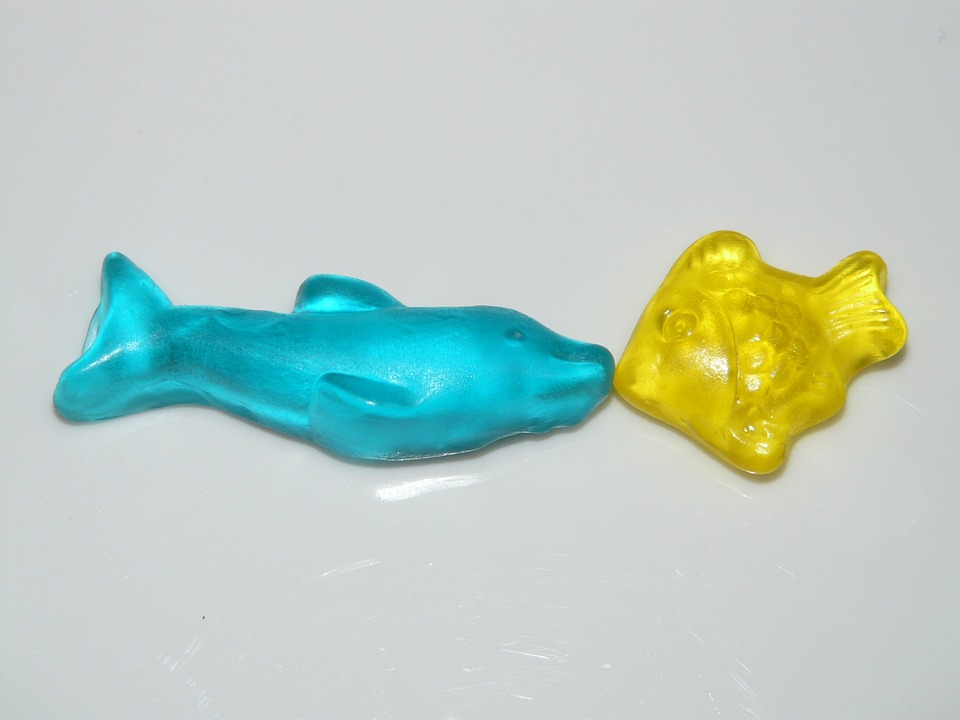Understanding the Foraging Behavior of Fish Tank Fish: A Comprehensive Guide
Introduction:
Fish tank enthusiasts often focus on providing a comfortable and aesthetically pleasing environment for their aquatic pets. However, understanding the foraging behavior of fish is equally important for their overall health and well-being. In this comprehensive guide, we will explore the significance of foraging behavior, its role in a captive environment, and how to promote and observe it.
1. What is Foraging Behavior?
Foraging behavior refers to the actions and strategies employed by fish to search, locate, and capture their food. It is a natural instinct that has evolved over time, enabling fish to survive in their respective habitats. This behavior varies across different fish species, depending on their natural adaptations and feeding preferences.
2. Factors Influencing Foraging Behavior in Fish Tank Fish:
Several factors can influence the foraging behavior of fish in a tank environment. These include the size and layout of the tank, water parameters such as temperature and pH, the feeding schedule and diet provided, social interactions and hierarchy within the tank, and the presence of environmental enrichment.
3. Observing and Assessing Foraging Behavior:
Observing fish during feeding is crucial for understanding their foraging behavior. Healthy foraging behavior is characterized by active swimming, alertness, and successful food capture. Signs of abnormal behavior, such as lack of interest in food or excessive aggression during feeding, may indicate potential issues. Stress can also impact foraging behavior, so it is important to monitor fish for any signs of stress or discomfort.
4. Promoting Natural Foraging Behavior:
To promote natural foraging behavior in fish tank fish, it is essential to provide a diverse diet that closely mimics their natural food sources. This can include incorporating live or frozen food, using food-dispensing toys or puzzles, varying feeding techniques, and simulating natural hunting behaviors. These measures not only keep fish physically active but also mentally stimulated.
5. Avoiding Common Foraging Behavior Issues:
Common issues related to foraging behavior in fish tanks include overfeeding, competition and hierarchy-related problems, inadequate feeding zones, and incompatibility between tank mates. Overfeeding can lead to obesity and other health issues, while competition and territorial conflicts may result in stress and aggression. Providing adequate space and feeding zones, as well as selecting compatible tank mates, can help prevent these issues.
6. Frequently Asked Questions (FAQs):
Q1. How often should I feed my fish tank fish?
A1. The feeding frequency depends on the species of fish, but a general guideline is to feed small amounts multiple times a day.
Q2. Can I train my fish to respond to feeding cues?
A2. Yes, fish can be trained to respond to feeding cues such as tapping on the tank or using a specific signal before feeding.
Q3. What are some common signs of stress in fish?
A3. Common signs of stress in fish include reduced appetite, abnormal swimming behavior, fin clamping, and color changes.
Q4. Are there any special considerations for foraging behavior in herbivorous fish?
A4. Herbivorous fish have specific dietary requirements, and providing a variety of plant-based foods is essential to cater to their foraging needs.
Q5. How can I prevent overfeeding in a community tank?
A5. It is important to monitor the amount of food being consumed and adjust the feeding quantity accordingly. Uneaten food should be promptly removed to maintain water quality.
Conclusion:
Understanding and catering to the foraging behavior of fish tank fish is crucial for their overall well-being. By promoting natural foraging behavior through a diverse diet, interactive feeding techniques, and appropriate tank setups, we can enhance their health and happiness. Regular observation and adjustments to their environment will ensure a thriving aquatic ecosystem and provide a fulfilling experience for both the fish and their caretakers.









